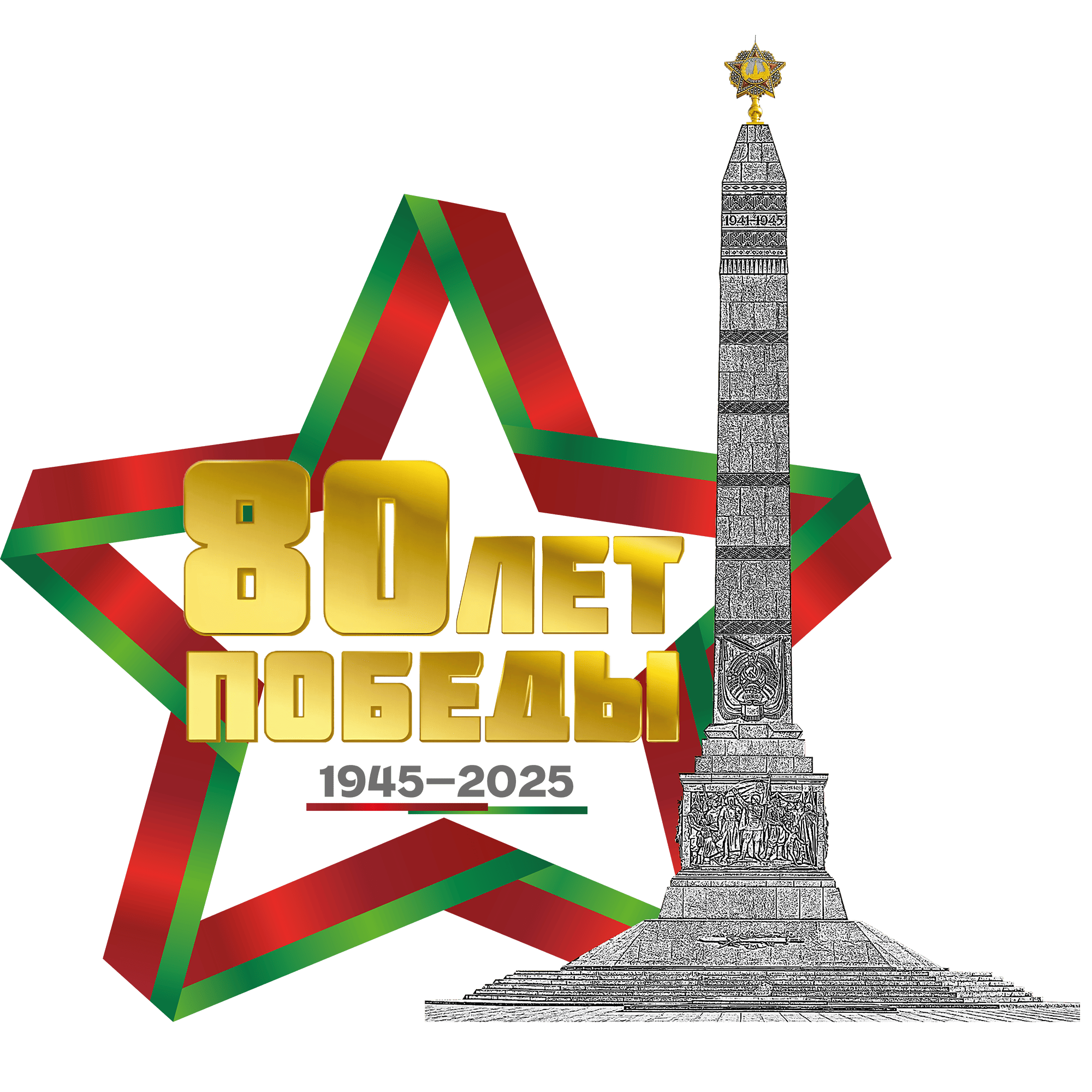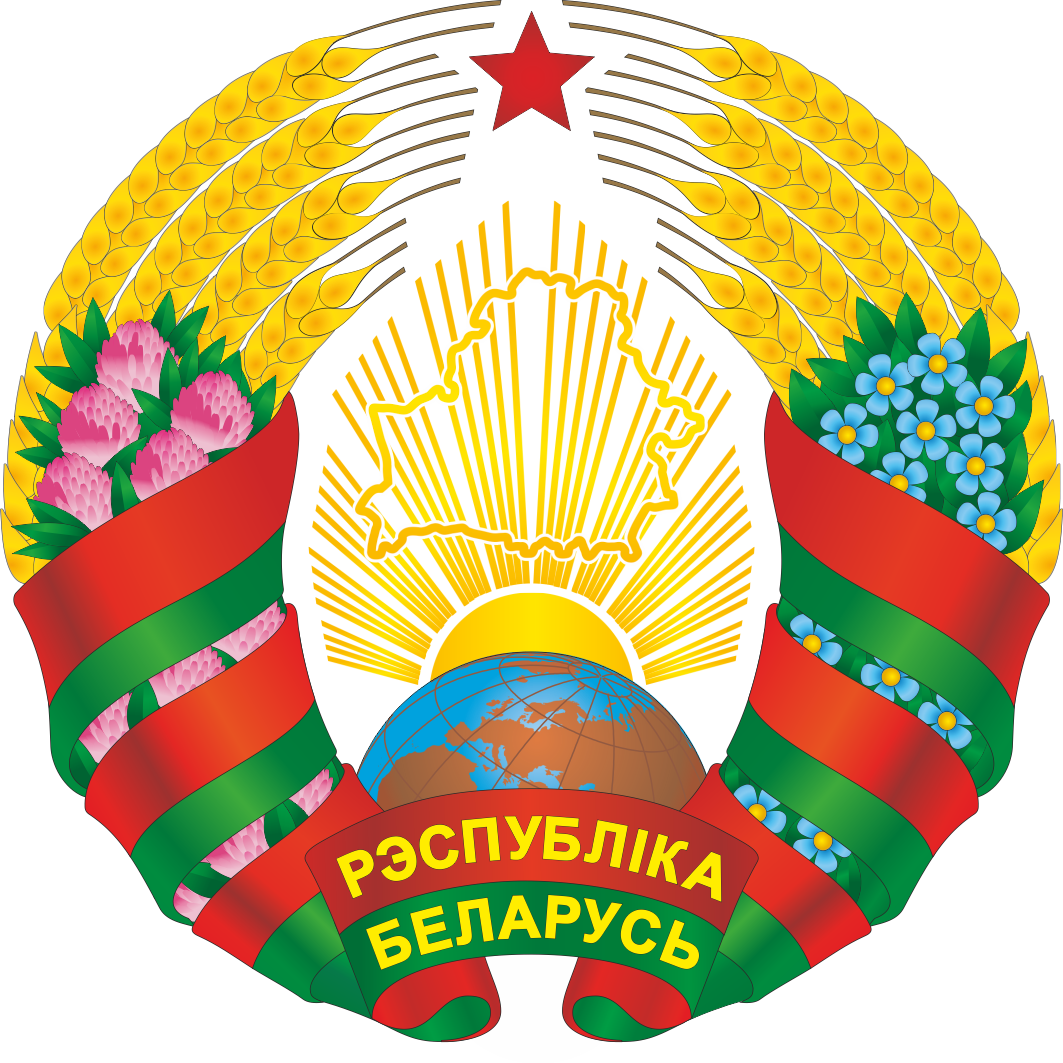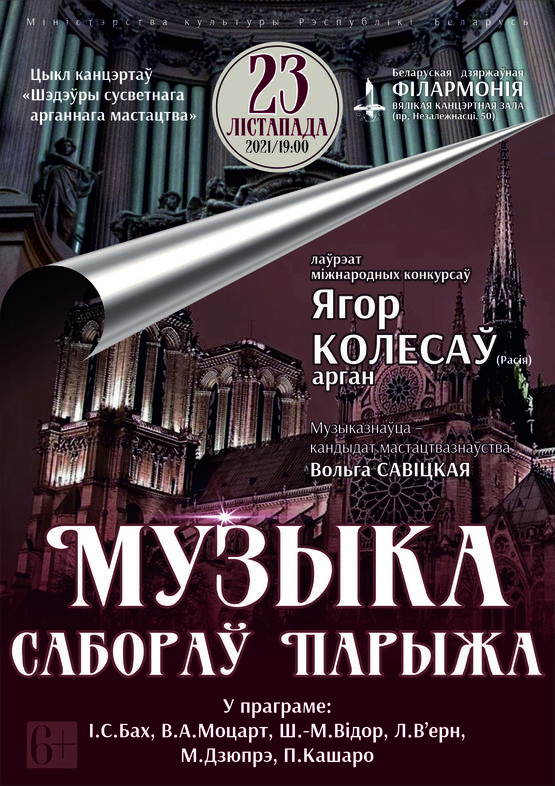I department
Johann Sebastian Bach – Prelude and Fugue in Es-dur, BWV 552
Charles-Marie Widor – “Miserere mei” from the cycle “Bach’s memento”
– Moderato from Symphony No.7, Op.42/3
Louis Vierne – Intermezzo and Adagio from Symphony No. 3, Op.28
Marcel Dupré – Allegro deciso from the cycle “Evocation”, Op.37
II department
Wolfgang Amadeus Mozart – Church Sonata in C-dur, KV 336 (arranged for organ solo by Zsigmund Szathmari, cadenza by Jean Guillou)
Louis Vierne – “The Bells of Westminster” from the cycle “24 Fantasy Pieces”, Op.54
Pierre Cochereau – Symphony-Improvisation
I. Agate. II. Scherzo. III. Lent. IV. Final
Concert cycle “Masterpieces of world organ art”
“MUSIC OF PARIS CATHEDRALS”
laureate of international competitions Egor Kolesov (Russia)
Musicologist – candidate of Art History Olga Savitskaya
The music of the cathedrals of Paris will be played on November 23 in Minsk! St.Petersburg organist Egor Kolesov will perform in the next concert of the cycle “Masterpieces of World Organ Art”. The majestic philharmonic organ (the largest instrument in Belarus) will appear in the richness of timbres in the music of Bach, Mozart, Dupré, Widor, Vierne, Cochereau.
Egor Kolesov has already managed to conquer Minsk residents with his performances. His performing style is distinguished by the original interweaving of the traditions of the Russian, Dutch and French schools – he graduated from the Gnesin Russian Academy of Music, trained in Alkmaar (Holland) and Paris (France). According to the famous organist Yuri Semenov, Yegor Kolesov’s interpretations are “marked by ‘faces not with a common expression’, finished, logical.” But the most important thing in them is a special spirituality.
The concert program will open with a grandiose Prelude and fugue in Es-dur by Johann Sebastian Bach. This composition frames the “Third Part of the keyboard exercises” – one of the late cycles of the German master, otherwise called the “Organ Mass”. The cycle “In Memory of Bach” was written by Charles-Marie Widor for the 240th anniversary of Bach in 1925. Each of the 6 pieces refers the listener to a certain Bach piece, which is easily recognizable due to the bright theme. In particular, Miserere is based on the d-moll prelude from Book I of the Well-Tempered Clavier. French composer Louis Vierne dedicated his Third Symphony to his virtuoso colleague Marcel Dupré. This work is characterized by a constant change of images: each subsequent part is contrasting with the previous one. The program will feature the third and fourth parts – brilliant Intermezzo and peaceful Adagio. The first part of the concert will be completed by the finale of the “Evocation” cycle by M.Dupré. Written in 1939, this essay is eclectic and filled with complex images of the time between the two wars.
The second part of the concert will be opened by the sonata in C-dur by W.A.Mozart. The cadence of the great French organist J.Guillou gives a special originality to this bright and cheerful composition. The peculiarities of Louis Vierne’s organ language are largely due to the richness of the sound palette of the symphonic organ, which appeared thanks to the organ builder A.Cavaille-Coll. “Westminster Bells” is a work created in the genre of the French toccata and designed specifically for the symphonic type of instrument. At the end of the concert, a magnificent symphony by Pierre Cochereau will be performed. This symphony is an improvisation by the author of the famous Notre-Dame de Paris Cathedral in December 1963, later recorded by the English organist J.S.Whiteley. The composition impresses with its scale and virtuosity, brilliance and triumph.
























